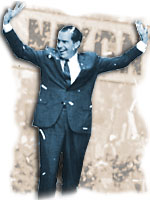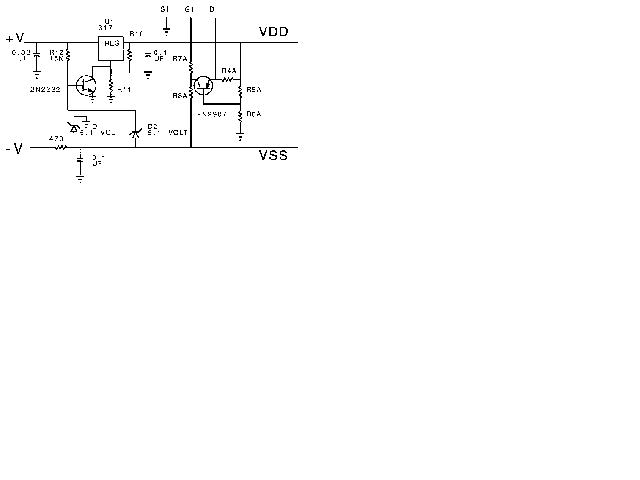 Let me make this perfectly clear
Let me make this perfectly clearQ & A PageAnswers to good questions will be posted here to help everyone |
 Let me make this perfectly clear
Let me make this perfectly clear
I haven't tried it, but SSB Electronics one for sale made by Procom.
The ball bearing trick works well for reasonable mismatches, say a VSWR less than 3:1. If the VSWR is much higher, there is probably something seriously wrong and you should try to figure out what it is.
Nearly any impedance can be tuned with 3 screws, spaced roughly 1/8 guide wavelength. However, the loss of 3 tuning screws can be higher than the loss caused by a small mismatch: a 2:1 VSWR results in about 0.5 dB loss.
These horns make fair feedhorns for a dish with f/D of about 0.5 (QEX, November 1994); at least good enough to get on the air and get started.
If the PostScript files are maps generated by AZ_PROJ, a few special hints might be needed.
Does this come down to simple geometry i.e. a triangle whose base is the dish diameter and whose isosceles sides just touch the diameter of the horn- the vertex then is phase center? This I believe was the comment of another EMEr. I would think it is somewhat more complex depending upon the desired edge illumination.
For a conventional dish that isn't too battered, the focal point is most likely very near the axial line through the center of the dish. Then the problem is to find the right point along this line, which I call the focal distance. This distance is easily calculated for the dish using HDL_ANT, but that doesn't help us find the phase center of the feed.
As I've described in QEX (10/94), the focal distance is the most critical dimension for feeding a dish, especially a deep dish like 0.38 f/D. At this f/D, there will be a small gain degradation (~1 dB) with a quarter-wavelength of focal distance error, increasing rapidly to nulls with the feed perhaps 1.5 wavelengths from the optimum focal distance.
My measurements on adjustable Chaparral feeds at 10 GHz suggest that the phase center is controlled by the outer rings, not the central horn. Some of the C-Band ones have adjustable rings -- my installer friend tells me that the instructions say to adjust the rings for best picture. I believe what they are doing is optimizing to the phase center of the feed to the focal point of the dish.
I would expect that other feeds with choke rings, like the KB2AH feedhorn and the popular VE4MA feeds, would also have the phase center adjustable by ring position. Barry's data suggests that the illumination pattern is also affected by ring position, so ideally both the horn position and the ring position should be optimized.
Since an EME system should be able to easily measure sun noise, that is the easiest way to adjust the feed. Start with your estimated 45" distance, take a reading, then the move feed in and out a quarter-wavelength at a time and keep taking sun noise readings. You will soon be able to draw a curve which has a definite peak, and you can fine-tune around that peak as much as you like. You could also change the ring position and draw a new curve, until you are satifisfied that you have the optimum feed position. By following this procedure, you are optimizing your dish as it is today, rather than for calculated dimensions.
Maximizing sun noise gives the optimum adjustment for G/T, which is probably the best point for EME. The gain peak should be slighlty farther away from the dish, but the difference in gain is small. (The reason is that the gain peaks around -10 dB edge illumination, while the best G/T is around -14 dB edge illumination).
I'd suggest reading VE4MA's papers in various Microwave Update proceedings. If you don't have these books, you should order them from ARRL.
Also read W2IMU's section in the ARRL UHF/Microwave book. Dick knew more about antennas than I ever will.
Finally, this is discussed in detail in the W1GHZ Microwave Antenna Book - Online
|
Vertical Polarization |
|
H o r i z o n t a l |

|
|